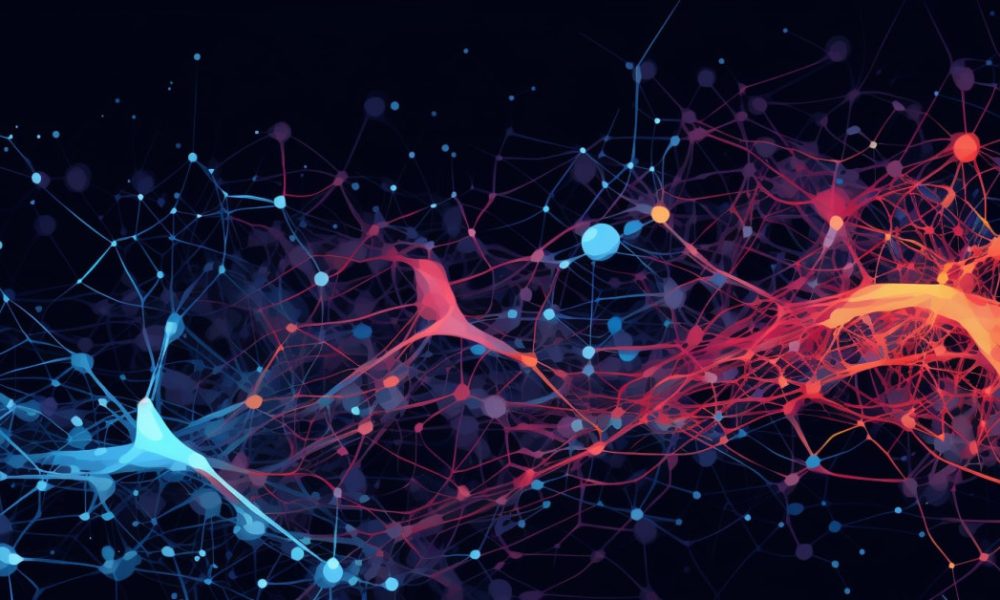Because the boundaries of synthetic intelligence (AI) frequently broaden, researchers grapple with one of many greatest challenges within the area: reminiscence loss. Often called “catastrophic forgetting” in AI phrases, this phenomenon severely impedes the progress of machine studying, mimicking the elusive nature of human reminiscences. A workforce {of electrical} engineers from The Ohio State College are investigating how continuous studying, the power of a pc to consistently purchase data from a collection of duties, impacts the general efficiency of AI brokers.
Bridging the Hole Between Human and Machine Studying
Ness Shroff, an Ohio Eminent Scholar and Professor of Pc Science and Engineering at The Ohio State College, emphasizes the criticality of overcoming this hurdle. “As automated driving purposes or different robotic programs are taught new issues, it is vital that they do not overlook the teachings they’ve already realized for our security and theirs,” Shroff stated. He continues, “Our analysis delves into the complexities of steady studying in these synthetic neural networks, and what we discovered are insights that start to bridge the hole between how a machine learns and the way a human learns.”
Analysis reveals that, just like people, synthetic neural networks excel in retaining data when confronted with numerous duties successively reasonably than duties with overlapping options. This perception is pivotal in understanding how continuous studying could be optimized in machines to carefully resemble the cognitive capabilities of people.
The Position of Activity Range and Sequence in Machine Studying
The researchers are set to current their findings on the fortieth annual Worldwide Convention on Machine Studying in Honolulu, Hawaii, a flagship occasion within the machine studying area. The analysis brings to gentle the elements that contribute to the size of time a man-made community retains particular data.
Shroff explains, “To optimize an algorithm’s reminiscence, dissimilar duties needs to be taught early on within the continuous studying course of. This methodology expands the community’s capability for brand new data and improves its potential to subsequently study extra comparable duties down the road.” Therefore, process similarity, optimistic and adverse correlations, and the sequence of studying considerably affect reminiscence retention in machines.
The intention of such dynamic, lifelong studying programs is to escalate the speed at which machine studying algorithms could be scaled up and adapt them to deal with evolving environments and unexpected conditions. The last word objective is to allow these programs to reflect the educational capabilities of people.
The analysis performed by Shroff and his workforce, together with Ohio State postdoctoral researchers Sen Lin and Peizhong Ju and Professors Yingbin Liang, lays the groundwork for clever machines that would adapt and study akin to people. “Our work heralds a brand new period of clever machines that may study and adapt like their human counterparts,” Shroff says, emphasizing the numerous affect of this examine on our understanding of AI.
